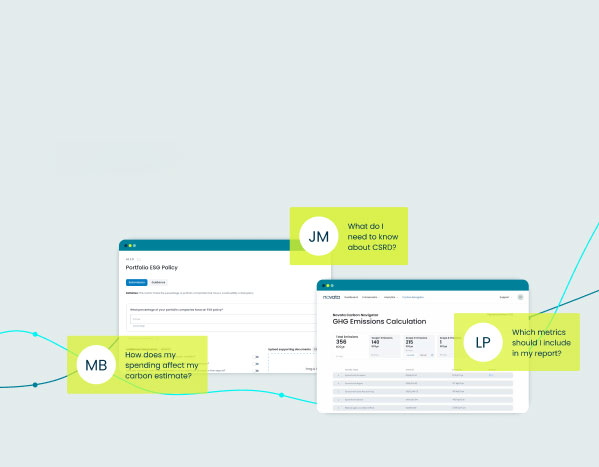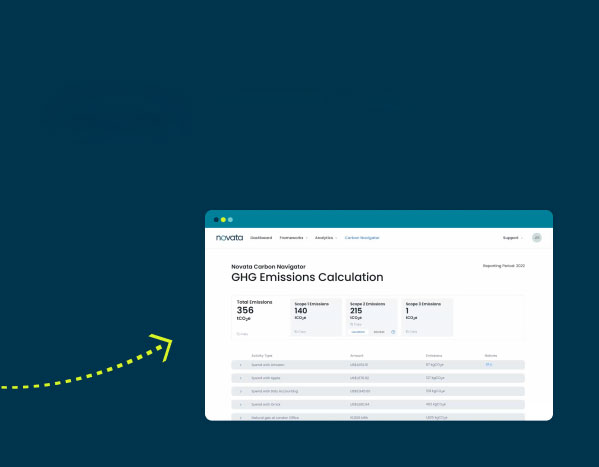In a recent Adams Street Partners study, 93% of limited partners (LPs) said that incorporating ESG considerations into decision-making enhances investment returns. ESG data provides valuable insights that can inform how investors engage with portfolio companies across the investment lifecycle. In particular, the ownership or post-investment phase is a crucial opportunity to leverage this data to determine the best ways to drive growth and financial value.
For general partners (GPs), collecting and analyzing ESG data is an important step in engaging with portfolio companies. Analyzing the portfolio’s data set is key to understanding performance, identifying areas of improvement, and setting data-informed goals. The insights gained from this process can also inform how to work with companies on value-creation opportunities, risk mitigation, and action plans.
Every firm has a different approach when it comes to engaging with their portfolio companies. Conversations around improving ESG performance post-data collection should be aligned with this existing engagement strategy. As investors look to turn insights to action, below are key questions to ask to determine an effective engagement strategy.
Guiding Questions for Effective Portfolio Engagement
1. What are the needs of the portfolio company?
Portfolio companies may have unique value-creation opportunities depending on their business objectives and materiality. Investors can prioritize which to address by determining the actions that are most relevant, timely, and impactful for the company’s overall performance. For instance, at Kohlberg, the commercial needs of portfolio companies is an important factor in determining the opportunities to prioritize. By focusing on these commercial needs, which may include mitigating future risks, investors are better able to identify actions that improve financial value.
2. What resources are available for ESG initiatives?
Before selecting actions, it’s important to take account of the resources both the firm and portfolio companies have to dedicate to ESG. Companies at different stages of their ESG journey may have varying levels of resources, including budget and staffing, to execute on opportunities. Identifying the capacity of the portfolio company to address ESG-related initiatives will determine the potential scope of actions and who will own these initiatives to ensure accountability. Understanding this will also help GPs determine how they can provide support and what their involvement should look like.
3. What is the ownership level?
A firm’s ownership level of a portfolio company can also help determine the appropriate engagement approach. On one hand, a GP with a non-controlling stake in a company may recommend certain action to drive ESG improvements, but may not dedicate significant firm resources to helping the company achieve these goals. On the other hand, a firm with a majority stake may require companies within its portfolio to meet certain ESG standards. Keeping this aspect of the relationship in mind can help align on expectations and determine how best to work with portfolio companies to meet desired ESG objectives.
4. How should engagement activities be structured?
Depending on the needs of the company and resources available, GPs may take different approaches to working with each portfolio company. Knowing where opportunities lie at the portfolio-level can help investors determine how to most effectively structure engagement activities. For instance, GPs can work directly with a single portfolio company to rectify an issue revealed by the data. Alternatively, GPs may notice portfolio-level trends that apply to multiple companies and choose to set up educational webinars for several portfolio companies to provide them with proactive, ongoing education on material topics. This dual structure of individualized, company-level support and portfolio-wide improvement opportunities can be leveraged to find the right balance for a firm’s engagement strategy.
Engaging with portfolio companies based on insights from analyzing ESG data is a powerful approach for driving positive change and sustainable growth. To learn more about how investors can create value with ESG data, download our eBook, From Collection to Action: A GP’s Guide to Creating Value with ESG Data.






